Free shipping for orders over 280 CHF / 270 €

Regenerative treatment of initial carious lesions
– Professional product, for dental professionals only –
Curodont Repair is the first biomimetic system for the treatment of ‘watch areas’ through Guided Enamel Regeneration.
Box contains 10 units of ready-to-use applicators.
One applicator can treat 1-2 lesions per patient.
USE
In office only
For orders from Germany, visit minilu.de
For orders from Switzerland, visit kaladent.ch
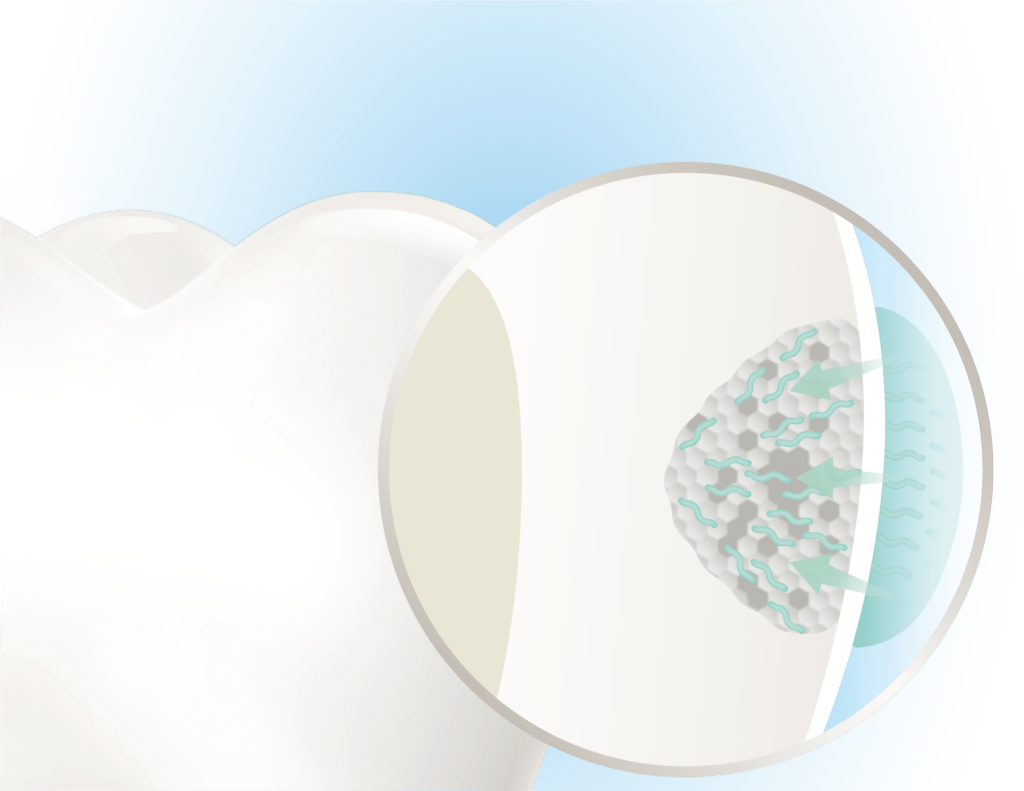
The P11-4 Peptide technology diffuses into the depth of carious lesion within 5 minutes.
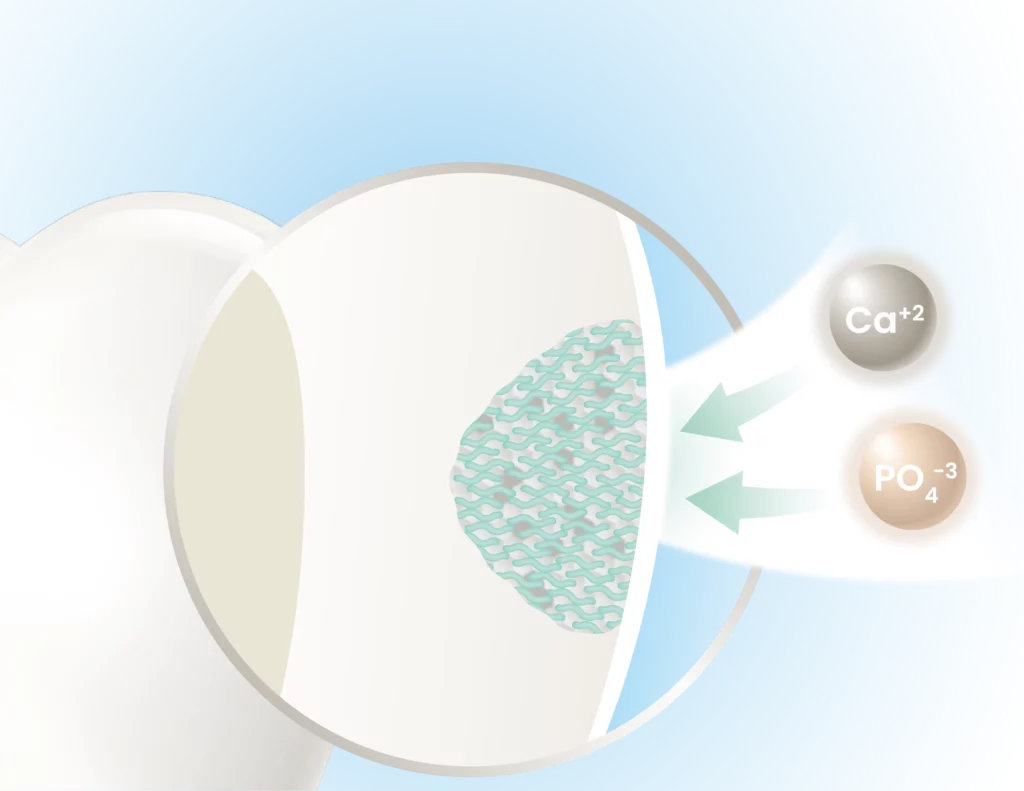
The peptides self-assemble within the carious lesion, forming a biomatrix which attracts calcium and phosphate ions from the saliva.
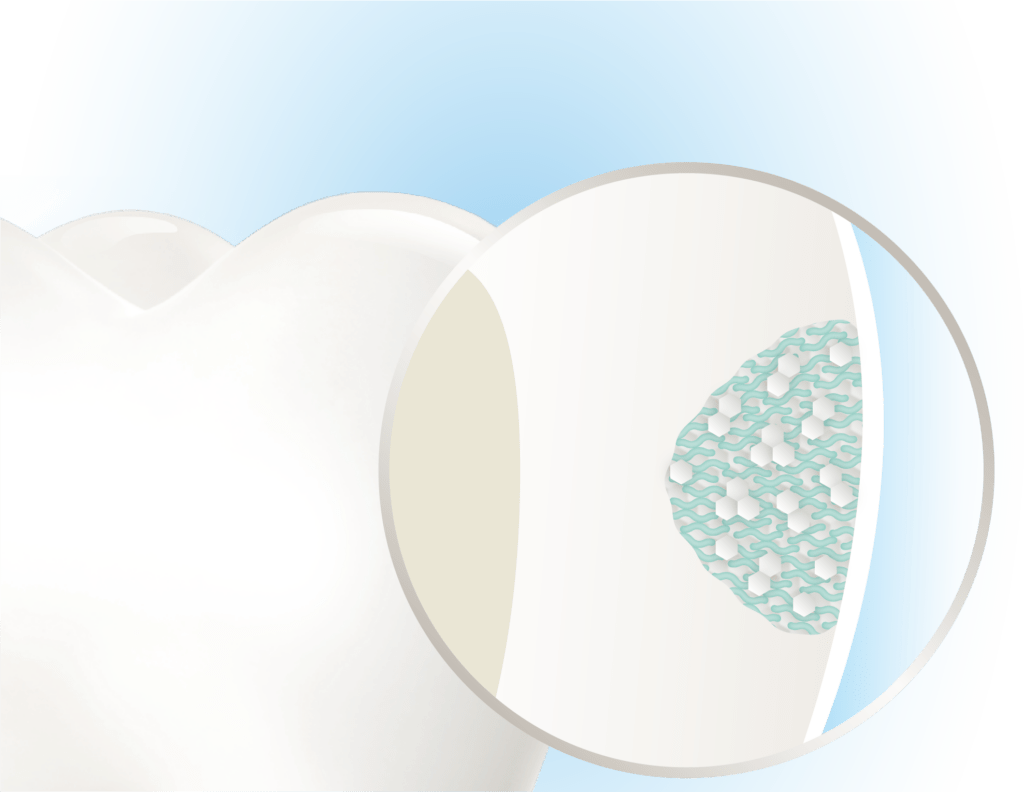
New hydroxyapatite crystals form around the biomatrix leading to the regeneration of the enamel.

The progression of caries is arrested, the lesion regresses through regeneration of hydroxyapatite which continues over time.




Hydroxyapatite crystal




Curodont™ Repair, followed by Curodont™ Protect, leads to 93% success rate defined as arrest and regression of early (proximal) caries with up to 6 years clinical follow up 4
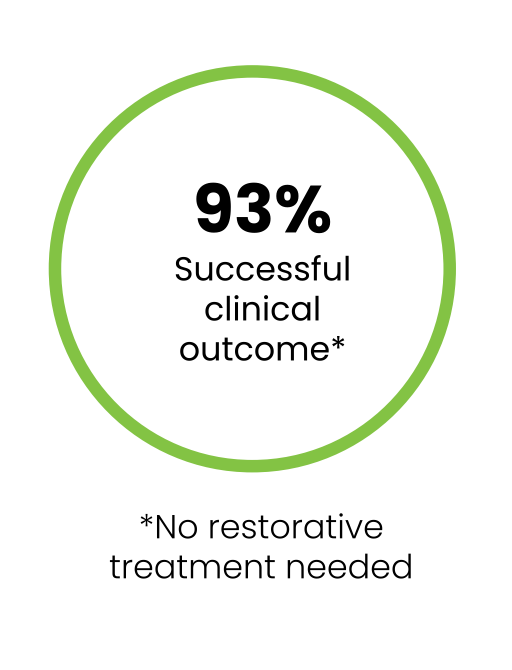
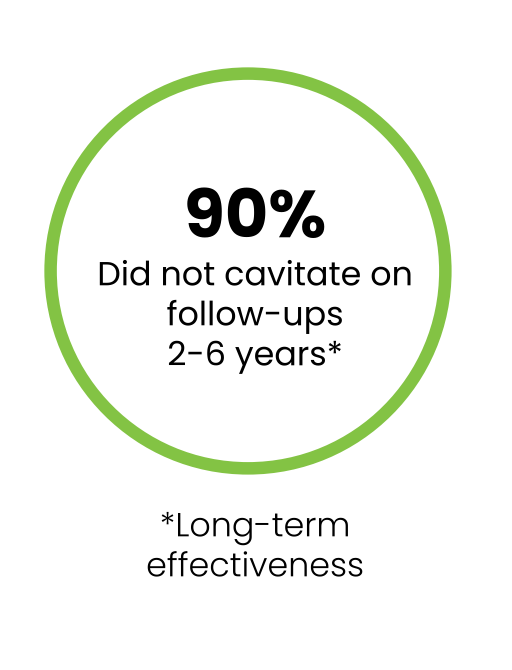
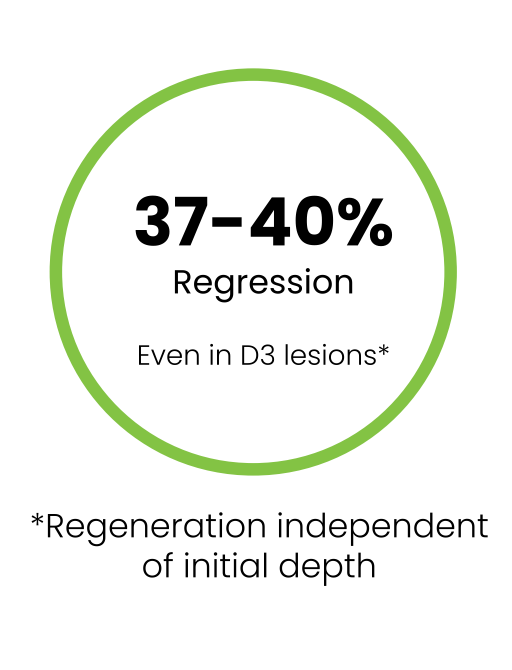
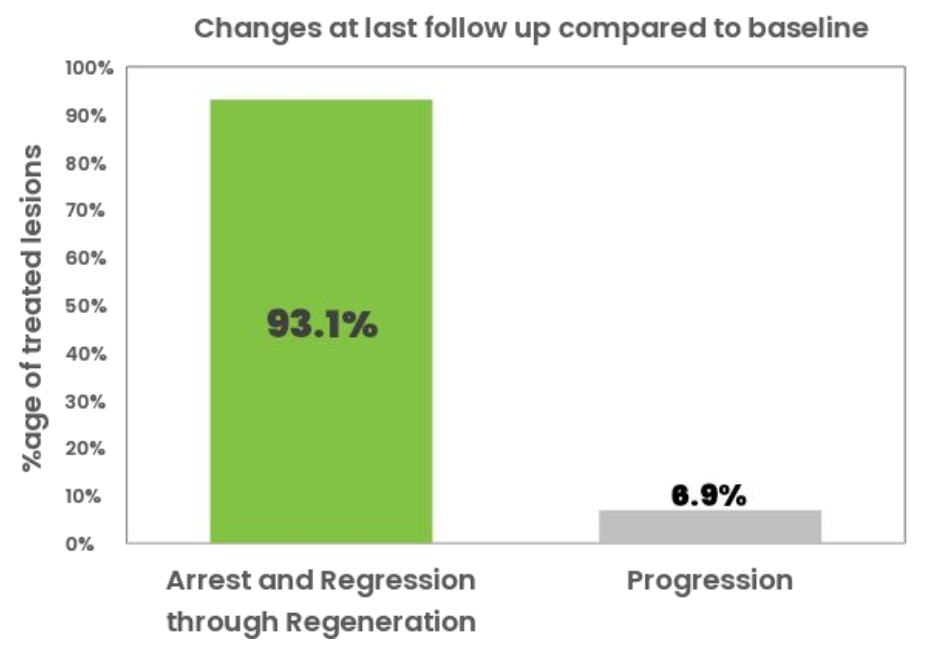
Conclusions:
The treatment with Curodont Repair arrests and remineralizes to the depth of the lesion, and is safe, effective, well-received from patients.
Significantly Superior Inactivation and Regression of Early Caries with the Combination of Curodont Repair (CR) and Fluoride Varnish (FV) Compared to FV Alone 5
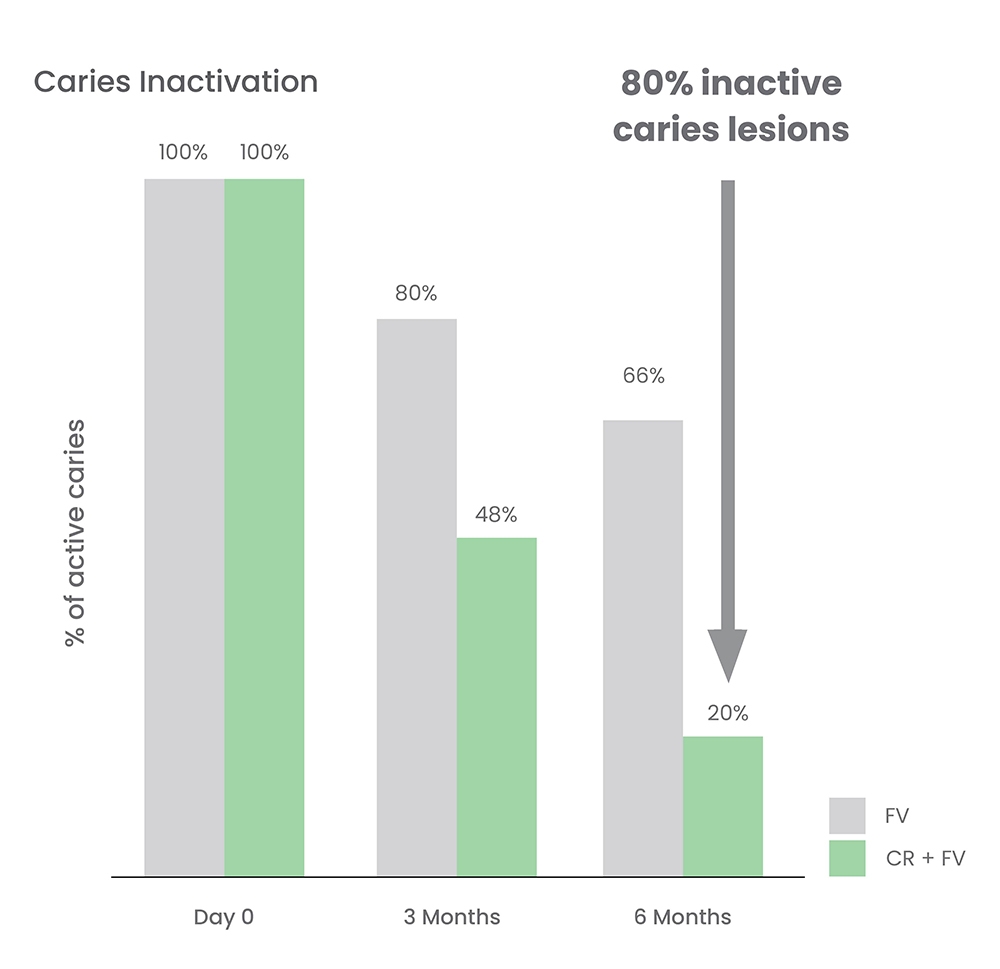
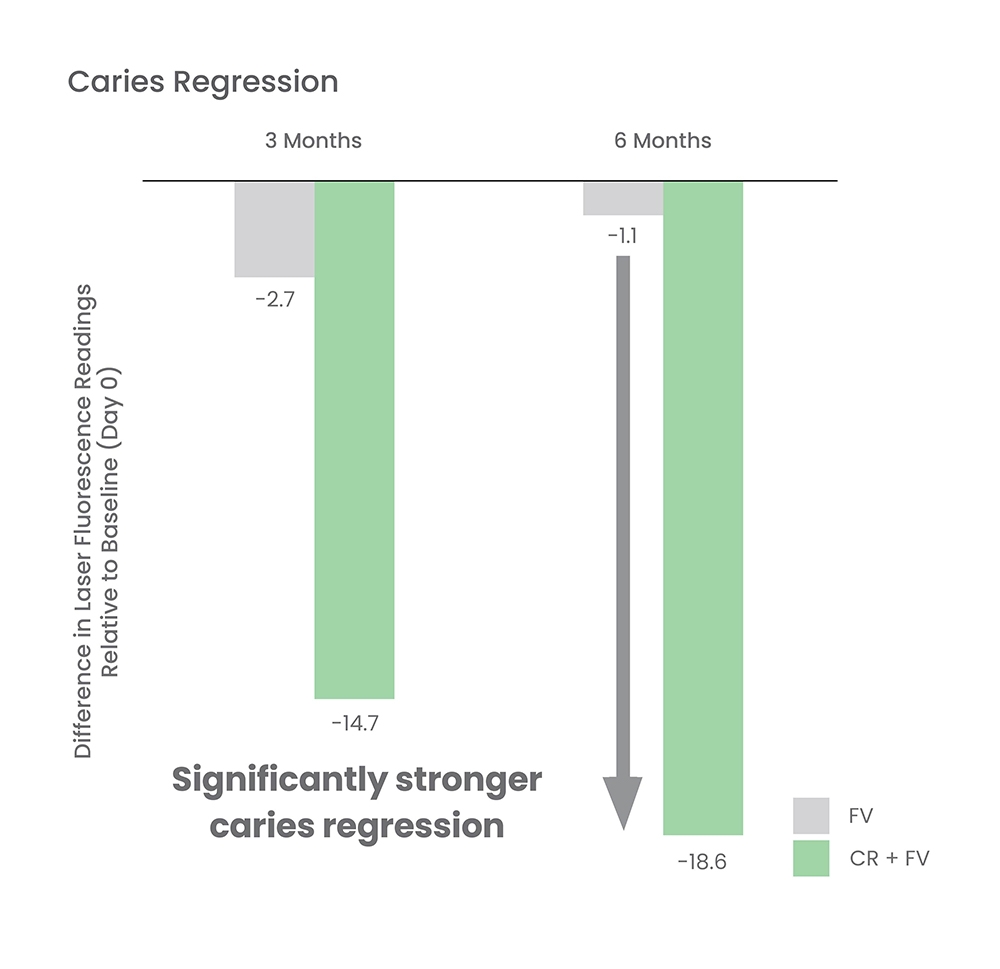
Proximal early carious lesion detected on a bitewing x-ray
Young child

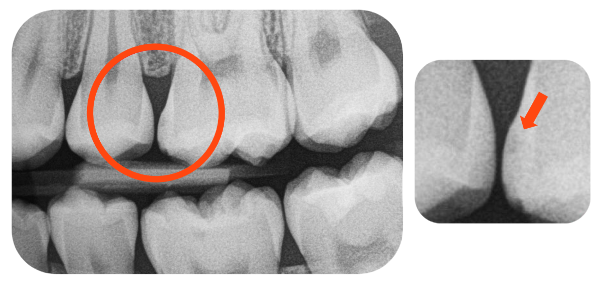
Source: Godenzi D et al. J Am Dent Assoc. 2023;154:885-896
Early caries diagnosed and monitored with transillumination (DiagnoCam)

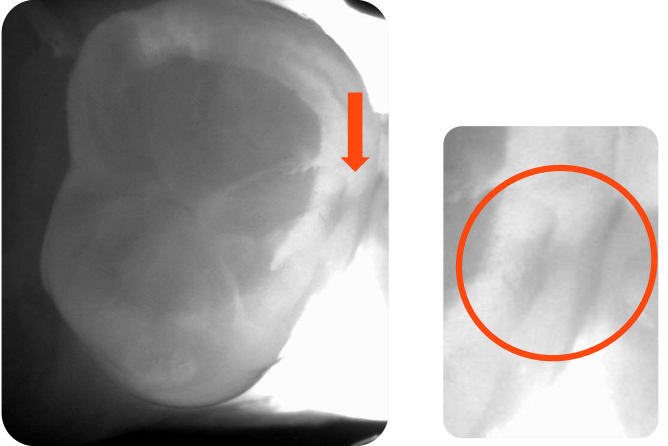
Case Courtesy: Dr. Torsten Seidenstricker: Nyon, Suisse
Post Orthodontic White spot lesion on visual examination
18-year-old male patient
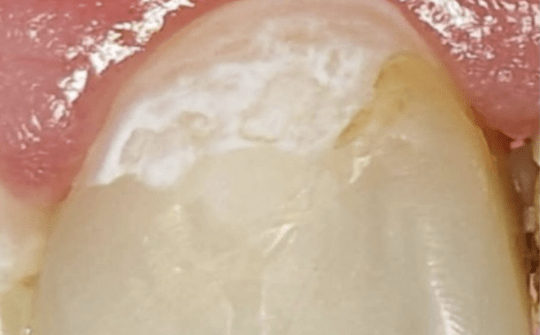
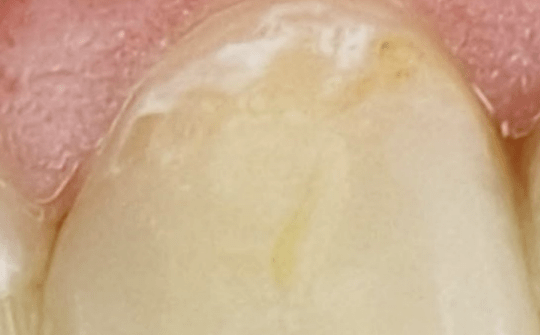
Case courtesy: Katarzyna Ostrowska, Poland, Private Practice
These results may not be typical. Individual results may vary.



The non-invasive therapy with CURODONTTM REPAIR is as safe as its application is easy. The entire process of applying Curodont Repair is completed within 8-10 minutes, without drilling, anesthesia, or pain.
PREPARATION
APPLICATION
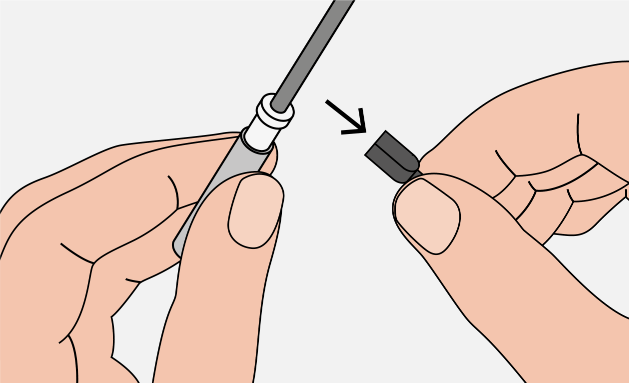
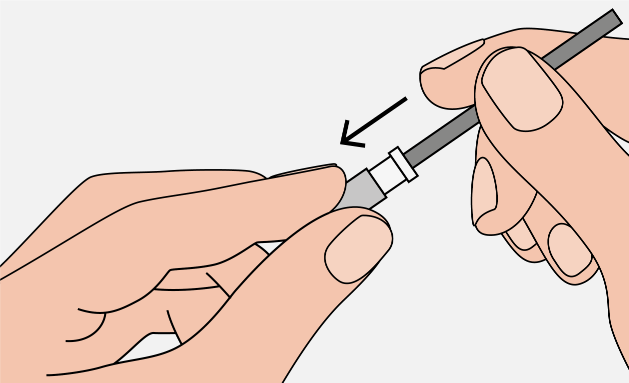
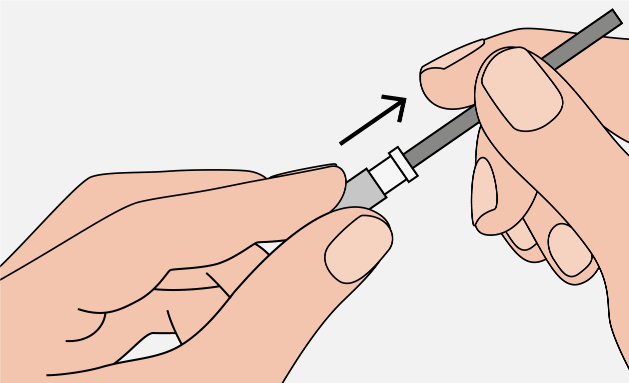
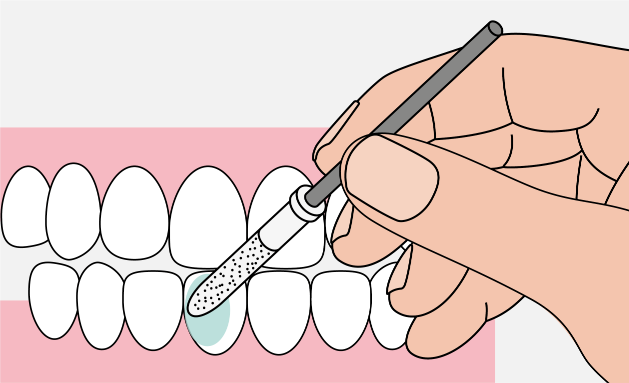
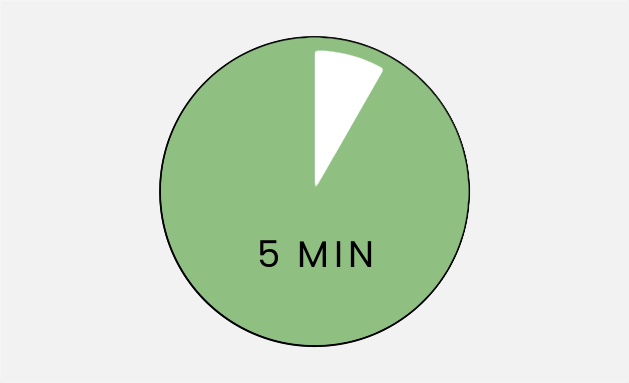

CURODONT REPAIR Application
Smooth Surface
CURODONT REPAIR Application
Interproximal Surface
CURODONT REPAIR Application
Occlusal Surface
CURODONT REPAIR Application
Ortho Case
Guided Enamel Regeneration (GER) is essentially a tissue regeneration treatment concept wherein tooth enamel is rebuilt after being lost to caries and wear, without the need to drill the tooth.
CurodontTM Repair is a low-viscosity liquid material that carries the globally patented ‘Monomer-Peptide 104‘ technology in the highest concentration. This revolutionary technology employs a short, ‘intelligent’ peptide, made of naturally occurring amino acids, to promote deposition of hydroxyapatite (the main tooth-building mineral) within carious lesions and stop the progression of incipient lesions
CurodontTM Repair employs the clinically proven and award-winning ‘Monomer-Peptide 104‘ technology to bring about guided enamel regeneration within early, non-cavitated enamel lesions. When applied, this technology penetrates until the very depth of the carious lesion. Once inside and triggered by the acidic environment of carious lesions, the intelligent peptide monomers assemble to form a matrix, which resembles the natural enamel matrix. This matrix then attracts calcium and phosphate ions from the saliva and promotes the formation and deposition of new hydroxyapatite crystals, essentially reversing the mineral loss seen as a result of caries.
CurodontTM Repair is a first-in-class, regenerative liquid material that induces guided enamel regeneration in early, active, non-cavitated carious lesions. These lesions appear as white spots with a rough, but intact surface. Visual inspection should be supported by intraoral bitewing or periapical radiographs to assess the depth of the caries and confirm if the lesions are amenable to regenerative measures. For proximal lesions, which may not be visually accessible, radiographs are crucial to the diagnosis of early lesions.
Advanced diagnostic measures, such as laser fluorescence, fibre-optic transillumination, impedance measurement, etc. maybe used to achieve an accurate diagnosis.
CurodontTM Repair works on active, early, non-cavitated carious lesions. Cavitated lesions, which represent an advanced stage of the carious process, must be treated with restorations that require drilling of the tooth. Detection of caries in their incipient stages is essential to avoid the need to drill the tooth and to provide a simple, pain-free, and anxiety-free solution to patients with CurodontTM Repair.
CurodontTM Repair can be used for treatment of early, non-cavitated carious lesions on all tooth surfaces. Therefore, the range of lesions that be treated using CurodontTM Repair, according to popular classification systems, are as follows:
i. E1, E2, and D1 carious lesions (according to E0-E2, D1-D3 notation system). D1 lesions treated only if they are not cavitated.
Anusavice K. Present and future approaches for the control of caries. J Dent Educ. 2005;69(5):538-854.
ii. D1, D2, and D3 lesions only if they are not cavitated (according to Marthaler/WHO caries classification)
Marthaler TM: A standardized system of recording dental conditions. Helv Odontol Acta 1966;10:1–18.
iii. Score 1, score 2, and score 3 (according to ICDAS II scoring system)
https://iccms-web.com/uploads/asset/592848be55d87564970232.pdf. Accessed 01/02/2022
If the carious lesion is in the form of a microcavity (ICDAS score 3), CurodontTM Repair may be used to stop the progression of the lesion, but ‘filling’ of the microcavity should not be expected. Further, if frank cavitatation is present, which means a hole has developed in the tooth due to the decay, removal of the caries and a restoration to fill the cavity is needed.
Caries is a slowly progressing dental disease. In its advanced stages, when it has progressed to the middle or inner thirds of dentin, the carious lesions may get cavitated. Once a cavity develops, the only resort is to restore with an artificial plastic material. Drilling and filling of carious lesions is the beginning of the death spiral of a tooth, which eventually ends with tooth loss. Therefore, intervening when the carious lesion is still in its incipient stages avoids or delays the need for restorations and elongates the life of a tooth. Curodont Repair helps regenerate the ‘lost’ enamel and gives teeth a fresh start.
For each lesion, only one application of CurodontTM Repair is sufficient to bring about reminerlisation over a course of 4-6 months, provided the patient maintains good oral hygiene in this period. The remineralization may continue to increase thereafter.
CurodontTM Repair has no known side effects and can safely be utilized in children. Regular dental appointments to detect caries in the earliest stages and their drill-free management using CurodontTM Repair is recommended.
Natural enamel formation in primary and permanent teeth requires a few months to a few years, respectively. As CurodontTM Repair employs the X+GER technology, which mimics Nature to regenerate enamel, it requires at least 4-6 months to demonstrate discernible remineralization.
When CurodontTM Repair regenerates enamel within incipient carious lesions, the newly formed hydroxyapatite crystals are deposited in a fan-shaped arrangement on the biomatrix, unlike the prismatic structure of natural enamel. This leads to slightly different optical properties as compared to natural enamel. Due to this, the white appearance of incipient caries treated with CurodontTM Repair may fade to a significant extent but may not completely disappear.
CurodontTM Repair, owing to its low viscosity and high affinity to hydroxyapatite, has been found to reach to the depth of early carious lesions and bring about remineralization. Other known remineralising agents, such as fluoride, have been known to bring about a more superficial remineralization leading to arrest of the carious lesion. With fluoride formulations, accompanied by good oral hygiene, inactivation of early carious lesions has been seen to be ~35%, while that with CurodontTM Repair, inactivation of caries has been observed to be over 80%.* Schmidlin et al. observed that CurodontTM Repair was able to restore the hardness of enamel at a depth 8 times greater that was possible with fluoride varnish.**
*Alkilzy M, Tarabaih A, Santamaria RM, Splieth CH. Self-assembling Peptide P11-4 and Fluoride for Regenerating Enamel. J Dent Res. 2018 Feb;97(2):148-154 Comment CB: here you could also add the Doberdoli study as additional reference.
**Schmidlin P, Zobrist K, Attin T, Wegehaupt F. In vitro re-hardening of artificial enamel caries lesions using enamel matrix proteins or self-assembling peptides. J Appl Oral Sci. 2016 Jan-Feb;24(1):31-6.
No. CurodontTM Repair can be used in conjunction with other remineralising agents, such as fluoride varnish, to optimize enamel regeneration and mineralization. In fact, the concurrent use of CurodontTM Repair and fluoride varnish has been successfully used to produce greater inactivation of caries compared to fluoride varnish alone.*
However, all treatments should be carried out only after an interval of at least 5 minutes after the application of CurodontTM Repair and not before.
*Alkilzy M, Tarabaih A, Santamaria RM, Splieth CH. Self-assembling Peptide P11-4 and Fluoride for Regenerating Enamel. J Dent Res. 2018 Feb;97(2):148-154.
Doberdoli D et al. Randomized Clinical Trial investigating Self-Assembling Peptide P11-4 for Treatment of Early Occlusal Caries. Sci Rep 2020;10:4195.
Routine oral hygiene measures including brushing with fluoridated toothpastes twice a day must strictly be followed. Additionally, and especially, in cases with early caries on proximal surfaces, interdental flossing must be performed after meals to ensure the cleanliness of the area. Good oral hygiene maintenance is a pre-requisite for the success of any dental treatment.
Resin infiltration is a micro-invasive technology which aims to infiltrate the pores and microspaces of an early carious lesion with a low-viscosity, hydrophilic resin (tetraethyleneglycol dimethacrylate, TEGDMA). While it also aims to treat early non-cavitated carious lesions like CurodontTM Repair, resin infiltration restores the lost minerals with a foreign, plastic material as opposed to with hydroxyapatite as CurodontTM Repair does. As the tooth is naturally made up of hydroxyapatite, guided enamel regeneration restores the tooth to its natural, sound state. Moreover, the use of CurodontTM Repair does not require any special armamentarium and the application can be completed start-to-finish within 10-15 minutes.
Although one application of CurodontTM Repair per lesion promotes remineralization, it can nevertheless be re-applied 3-6 months after the first application, if the dental professional finds the carious lesion to still be active.
In-vitro studies have shown that CurodontTM Repair not only promotes enamel regeneration but also inhibits further demineralization of the enamel. * Therefore, the regenerative effect of CurodontTM Repair on enamel is not limited in time.
*Kirkham J, et al. Self-assembling peptide scaffolds promote enamel remineralization. J Dent Res 2007;86:426-43s






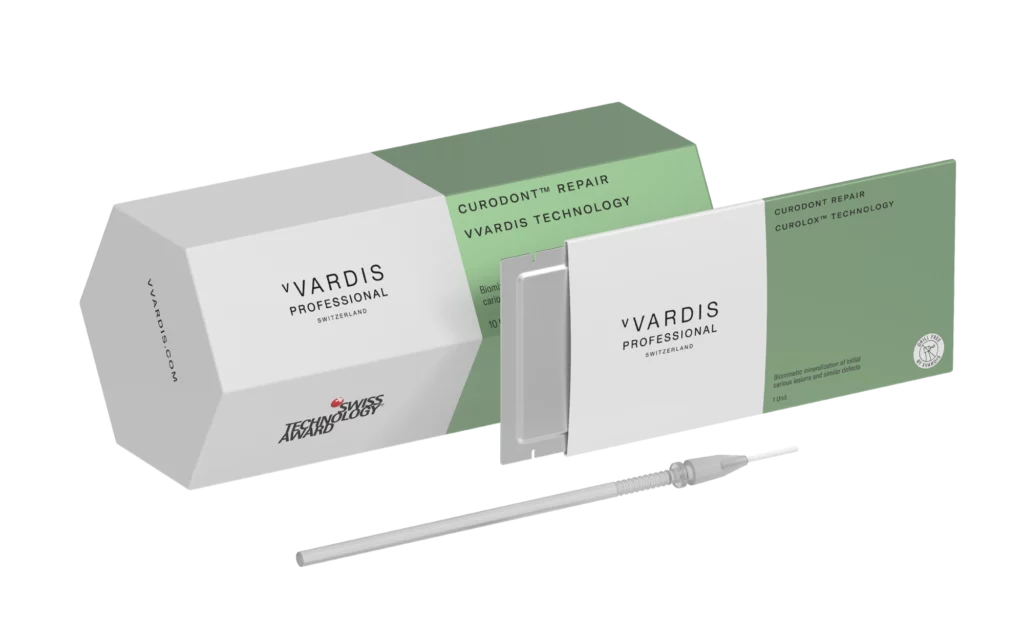
€ 330.00 excl. VAT

€ 330.00 excl. VAT